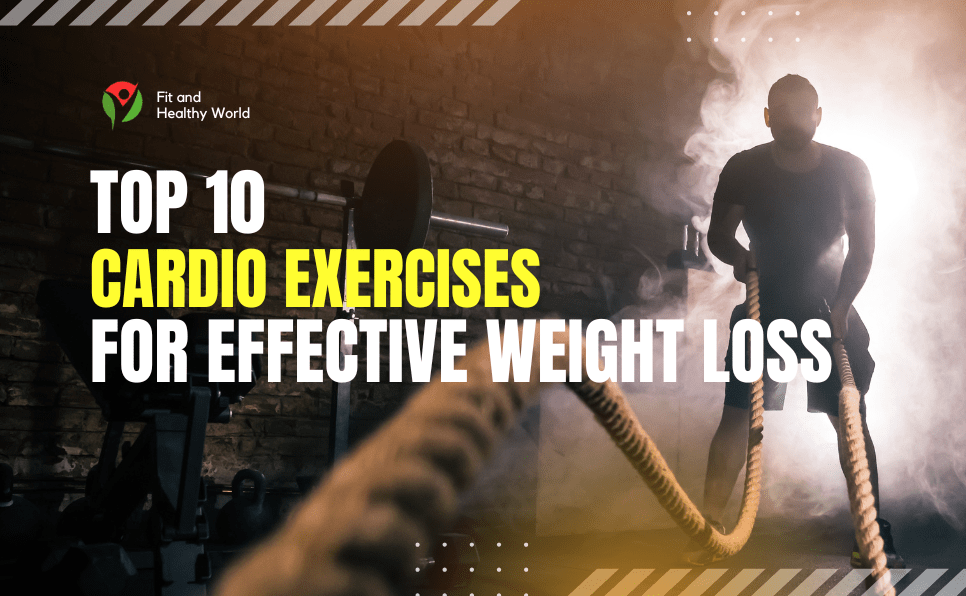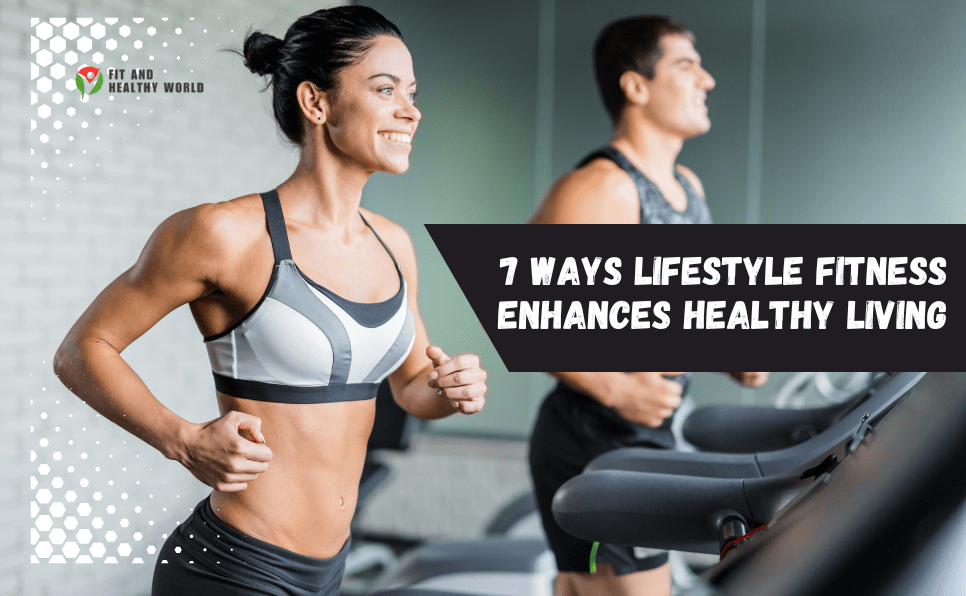Somatic yoga is a transformative practice that blends mind-body connection with gentle, intentional movement. Unlike traditional yoga, it focuses on nervous system regulation, helping release stored tension and trauma through slow, mindful movement. Perfect for beginners, this approach emphasizes body awareness exercises rather than perfect poses, making it ideal for stress relief, chronic pain, and emotional healing.
By tuning into subtle sensations—like tightness, warmth, or ease—you cultivate deep self-compassion in yoga. Whether you’re recovering from injury or seeking inner calm, somatic yoga offers a safe, nurturing path to reconnect with your body and restore balance naturally.
What is Somatic Yoga?
Somatic yoga is a practice of the mind and body that focuses more on internal awareness than external forms. It evolved from Hanna Somatics; this helps in nervous system retraining with slow, deliberate movements. There is no goal to stretch further; rather, the goal is to move with curiosity and kindness.
It is of great benefit to those who are dealing with trauma or anxiety. This method makes one conscious of where the tension is being held, gradually leading to the regulation of the nervous system, and therefore stress reduction and enhanced mobility.
Core Principles of Somatic Yoga
Somatic Yoga is founded on awareness through movement and deep listening. All movement is of that gentle variety, allowing the body to ease into poses, instead of pushing it forcefully into position. It helps in resetting muscle memory and facilitates long-held tension to let go.
Pandiculation is another key principle in yoga, in which the muscles contract gently and then relax. It does not stretch, but rather attracts the body towards allowing a safe release of the muscle. Along with the yoga body work for relaxation as well as for soothing the mind.

Somatic Yoga Benefits
One of the very great advantages of somatic yoga is stress and anxiety relief. This very easily activates the rest-and-digest response by slowing down and paying attention to your body. That in turn quiets racing thoughts and reduces levels of cortisol.
It’s also highly effective for the management of chronic pain. Many individuals bear stress within their hips, shoulders, or back, without any knowledge of this fact. Somatic yoga helps release these areas with psoas release exercises and other gentle movement.
| Benefit | How It Helps |
| Reduces Stress | Activates the parasympathetic nervous system |
| Eases Chronic Pain | Retrains tight muscles without strain |
| Improves Flexibility | Uses slow mindful movement to increase mobility |
| Releases Emotions | Helps process stored trauma through embodiment practices |
How Somatic Yoga Works
This yoga works at the neurological level to help reeducate body muscles. Many people develop uncomfortable movement patterns from too much sitting or old injuries. This helps reverse those patterns with a series of self-regulating techniques.
Key is regulating the nervous system. Going through the motion slowly and with great mindfulness will give the brain an opportunity to learn new and better ways of controlling the muscles. It eventually leads to less pain and improved posture.
Best Somatic Yoga Poses for Beginners
- Full Body Scan – Lie down and notice sensations from head to toe. This builds body awareness.
- Moving Bridge Pose – Gently lift and lower your hips to release spinal tension.
- Knee Rock with Cactus Arms – Soothes tight hips and shoulders.
- Seated Torso Circles – Improves spinal flexibility with smooth, controlled motion.
- Extended Child’s Pose with Pandiculation – A calming stretch for the back and hips.
These poses are perfect for beginners because they focus on feeling rather than forcing.
Tips to Start Your Somatic Yoga Practice
Start with just 5-10 minutes daily. Consistency matters more than long sessions. Use props like blankets or pillows for extra comfort.
Find a quiet space where you won’t be interrupted. The more you practice, the stronger your mind-body connection becomes.
Somatic Yoga vs Traditional Yoga
| Feature | Somatic Yoga | Traditional Yoga |
| Focus | Internal sensations | Alignment & strength |
| Pace | Slow & mindful | Can be fast or slow |
| Best For | Trauma recovery, chronic pain | Fitness, flexibility |
Final Thoughts
It’s a healing practice not just for the body but also for the mind. You may need somatic yoga for trauma survivors or to improve posture – this will work for you. Start small, listen to your body and enjoy the journey back to yourself.
(FAQs)
What is somatic yoga?
Somatic yoga is a mind-body practice focusing on slow, internal awareness to release tension and improve nervous system regulation.
What is the difference between classic yoga and somatic yoga?
Classic yoga emphasizes alignment and strength, while somatic yoga prioritizes body awareness and gentle movement for trauma and pain relief.
What is the difference between somatic yoga and Yin yoga?
Yin yoga uses passive long-held stretches, while somatic yoga involves slow mindful movement and pandiculation to retrain muscles.
Can you do somatic yoga at home?
Yes! Somatic yoga requires no equipment—just a quiet space and body awareness exercises for self-guided practice.
Can you lose weight with somatic yoga?
While not a high-calorie burner, somatic yoga supports weight loss by reducing stress (cortisol control) and improving mindful eating habits.



